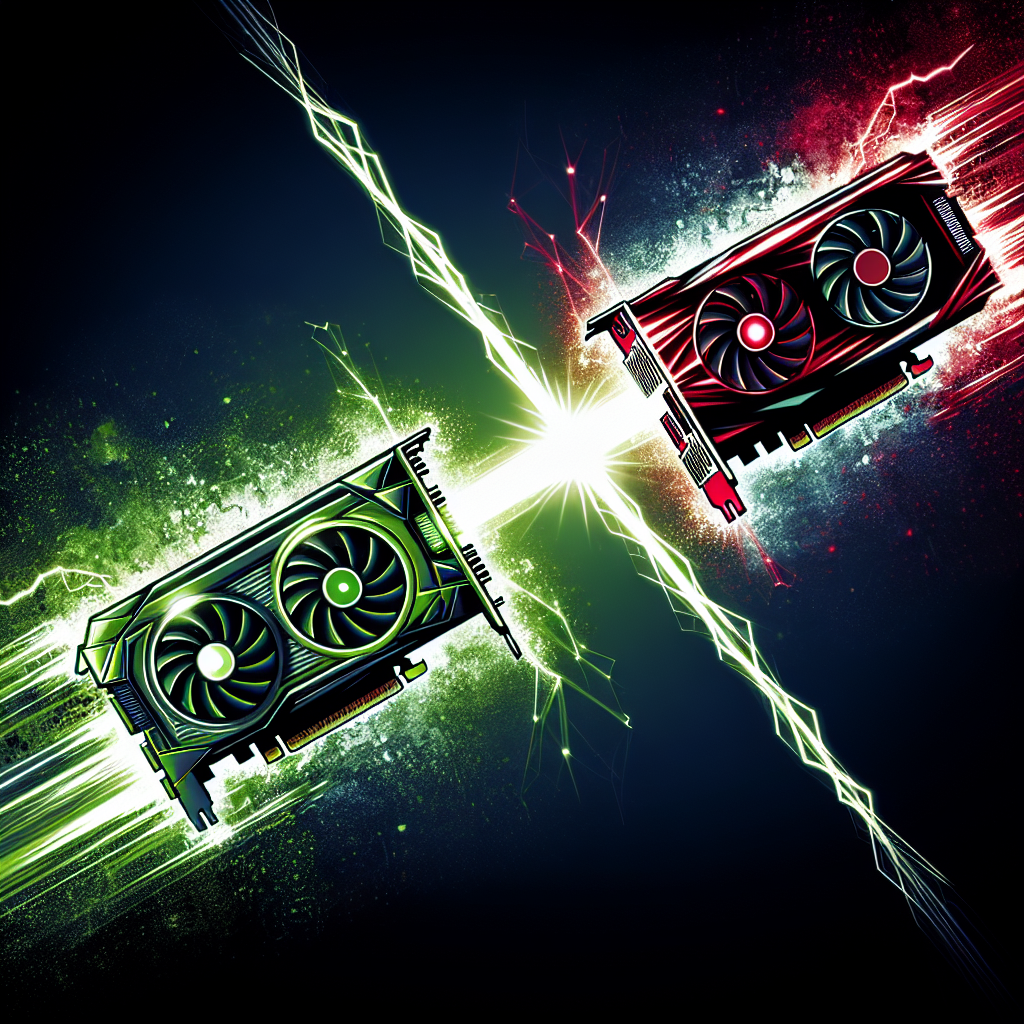When it comes to choosing a graphics card for your gaming or video editing needs, two names stand out in the industry: NVIDIA and AMD. Both companies have a long history of producing high-quality graphics cards that are popular among tech enthusiasts and gamers alike. But which one is better? In this article, we will compare the two powerhouses to help you decide which one is right for you.
NVIDIA is a well-known name in the world of graphics cards, with their GeForce line being one of the most popular choices among gamers. Their cards are known for their excellent performance, advanced features, and reliability. NVIDIA also offers a wide range of options for every budget, from budget-friendly cards to high-end models for hardcore gamers.
On the other hand, AMD is another major player in the graphics card market, with their Radeon line being a strong competitor to NVIDIA’s GeForce. AMD cards are known for their excellent value for money, offering solid performance at a lower price point than their NVIDIA counterparts. AMD also has a strong focus on open-source technologies, making their cards popular among developers and enthusiasts who want to tinker with their hardware.
When it comes to performance, NVIDIA has a slight edge over AMD in terms of raw power. NVIDIA’s cards tend to have higher clock speeds and more CUDA cores, which translates to better performance in games and applications that require heavy graphical processing. However, AMD’s cards are no slouch either, and they can hold their own against NVIDIA in many cases.
In terms of features, both NVIDIA and AMD offer a wide range of technologies that enhance the gaming experience. NVIDIA has features like ray tracing, DLSS, and G-Sync, which can provide more realistic graphics and smoother gameplay. AMD, on the other hand, has technologies like FreeSync, FidelityFX, and Radeon Image Sharpening, which can also improve the visual quality of games.
When it comes to compatibility, both NVIDIA and AMD cards are compatible with most modern games and applications. However, NVIDIA tends to have better driver support and optimization for popular games, which can result in higher performance and fewer compatibility issues.
In conclusion, both NVIDIA and AMD are powerhouse brands in the graphics card market, each with its own strengths and weaknesses. NVIDIA is known for its raw power and advanced features, while AMD offers excellent value for money and open-source support. Ultimately, the best choice for you will depend on your budget, performance needs, and personal preferences. Whichever brand you choose, you can rest assured that you will be getting a high-quality graphics card that will enhance your gaming or creative experience.


Leave a Reply